One of the goals I set for my sojourn on the Fat Ewe Farm, was to be self sufficient. That included eating locally available food. I also concerned myself with the 'what if' there was no locally available food. What if there was a fire and the roads were impassable for a long time and trucks were unable to deliver produce? What if people would kill in order not to starve and feed their families? Those are likely far fetched stories that I hope never ever to experience, but stil....
So I began to learn to find food on the land. After all, the indigenous people who lived here were able to survive without grocery stores and gardens. There is a multitude of goodness available at my fingertips for the picking and harvesting. Much can be dried for winter use. I continue to learn about the bounty, but this missive is about eating the weeds.
Sure, I planted lettuce. Who doesn't if they have an available space. The truth is, domestic lettuce does not have half the food value of the weeds we wage war on growing beside it.
For example, here there are two extremely vigorous weeds that stand out. One is common malva, also called cheese plant by the locals, because the seeds form in a little whorl reminiscent of a round of cheese. I guess. The other is pigweed, also lamb's quarters, chenopodium album. This weed is miraculous in its growth without any inputs, including water. One of the what ifs was, what if there was a drought? What would I eat then? Lambsquarters will grow in low moisture conditions, not as lush or as fast as when the habitat is optimal, but it will still grow.
Today I weeded the lettuce bed, which was filled with young lambs quarter, amaranthus (a wild weed that produces a ton of edible seeds that can be used as is or ground to a flour) and malva. The whole reason I was weeding was to have lunch! So from a row of young mesclun I was able to garner about a half pound of young, tender greens. I brought them in, of course, washed them in cold water to remove any bugs, but they add to the protein. I just do not like to eat them, YET.
I put a huge dollop of butter in a cast iron pan, added some Hawaiian black salt and Saigon cinnamon (you can certainly leave it out or add other seasonings or spices) and mixed it into the butter, then tossed in the greens and sauteed them for about 4 or 5 minutes. I was aiming to evaporate the juice really, or most of it. Just before it was ready, I added a freshly grated clove of organic garlic and stir fried that for a minute or two so it would blend with the delicate flavour of the lamb's quarters.
The greens were ready and so was I. The delicious aroma of garlic and cinnamon reminded me of Lula's Greek cooking when I worked at Cosmos Greek restaurant in my late teens. Fabulous! I love these greens, oh my. So tender and tasty, I snarfed them up in no time.
These are not the only greens I have eaten, but they are the most plentiful and the best tasting. Very young amaranthus is awesome as well, but gets tough quickly as it grows, so must be harvested under 4 inches. I want to try eating the cat tail roots since I missed the shoots and the young seed fronds, which turn into the cat tails. They are thought to be like young corn on the cob and I happen to have a beaver pond full of them. Stay tuned but in the meantime, love your weeds! Yum!

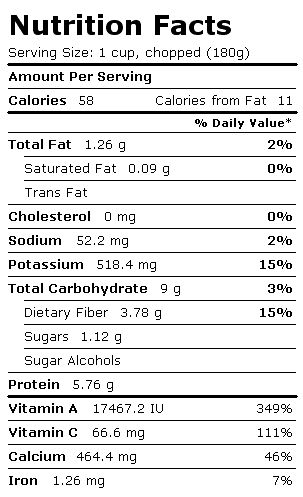
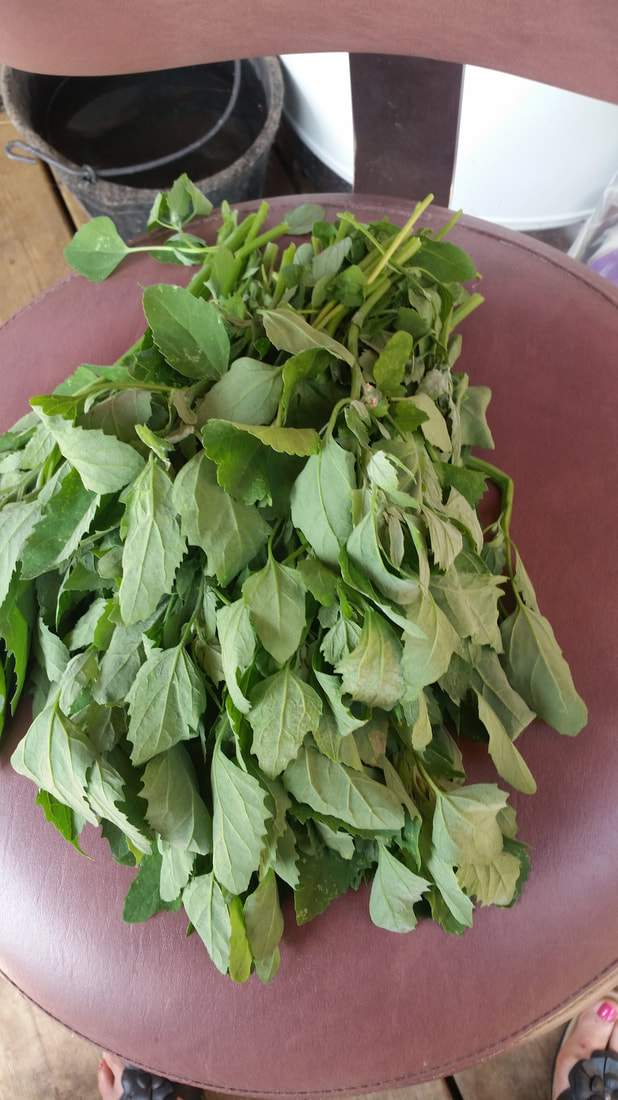
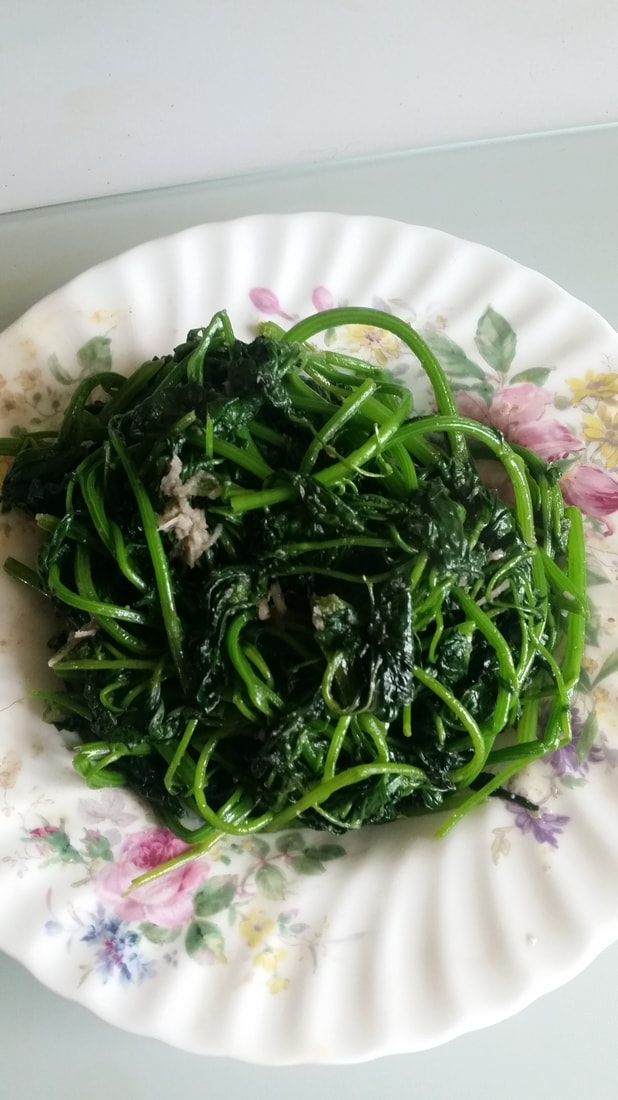
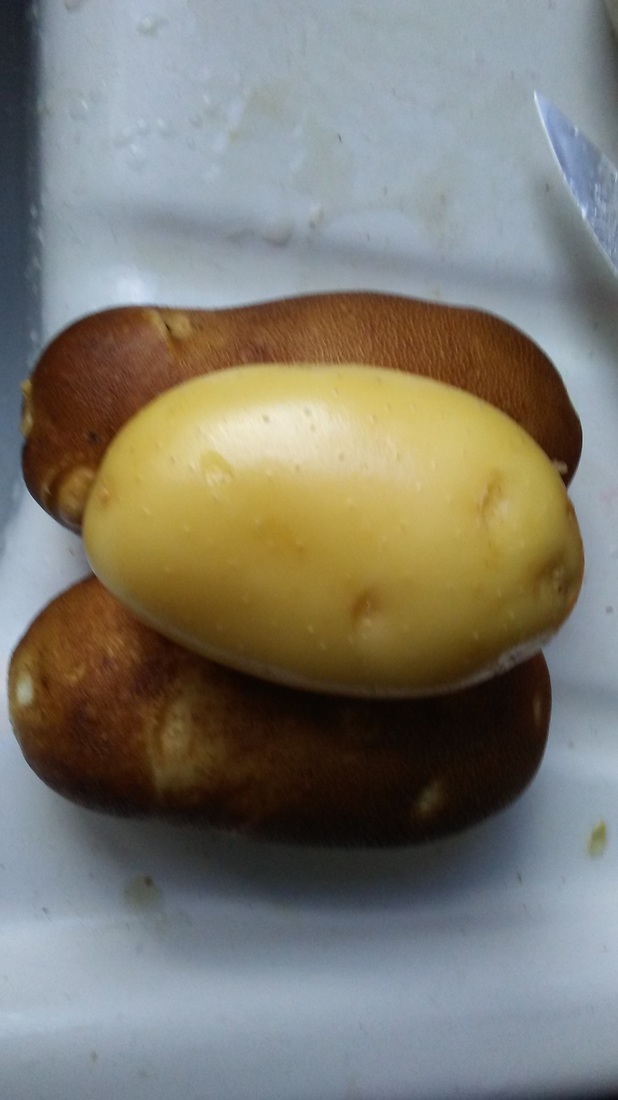
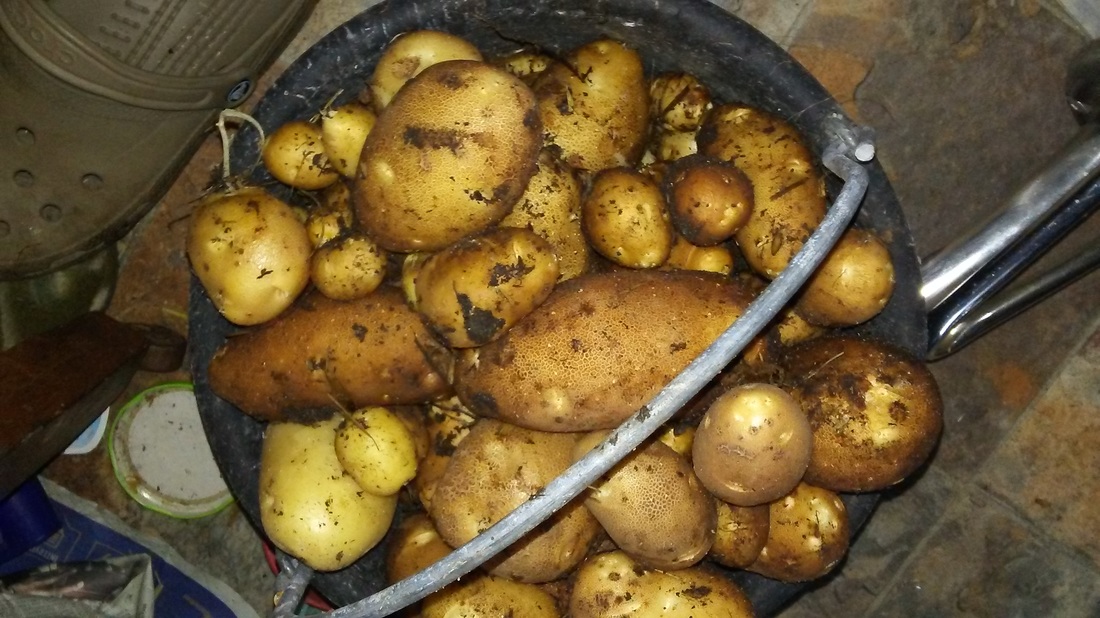
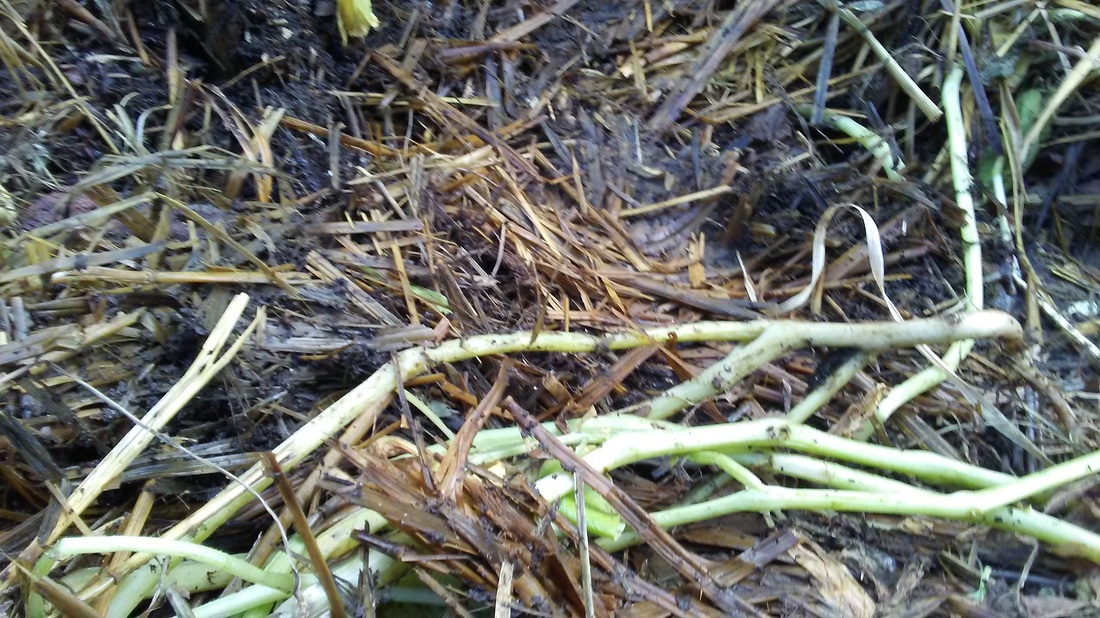
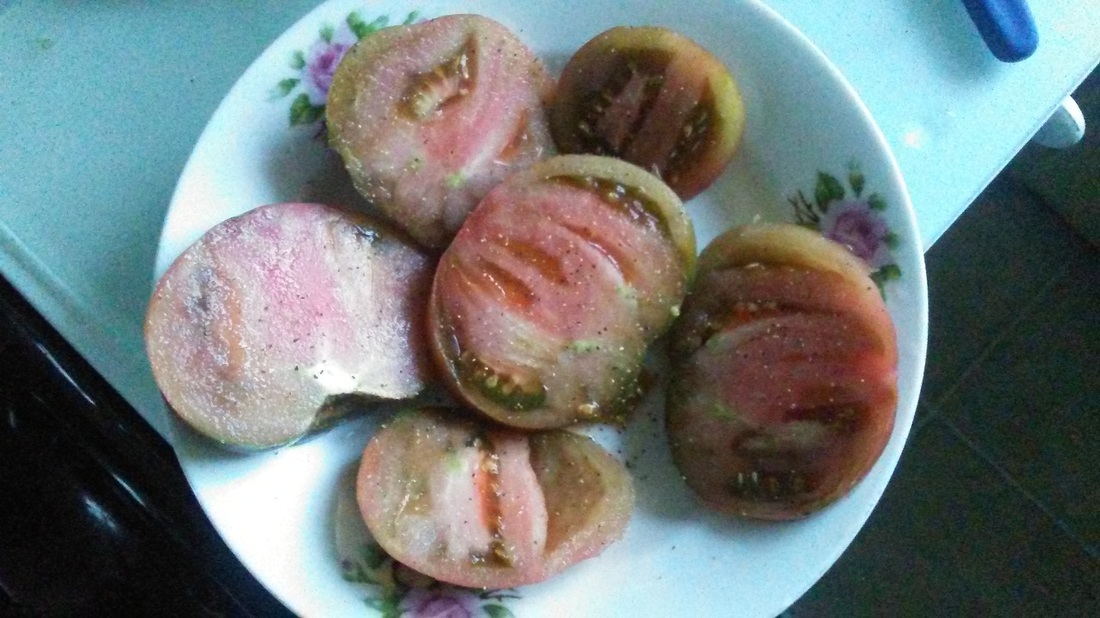
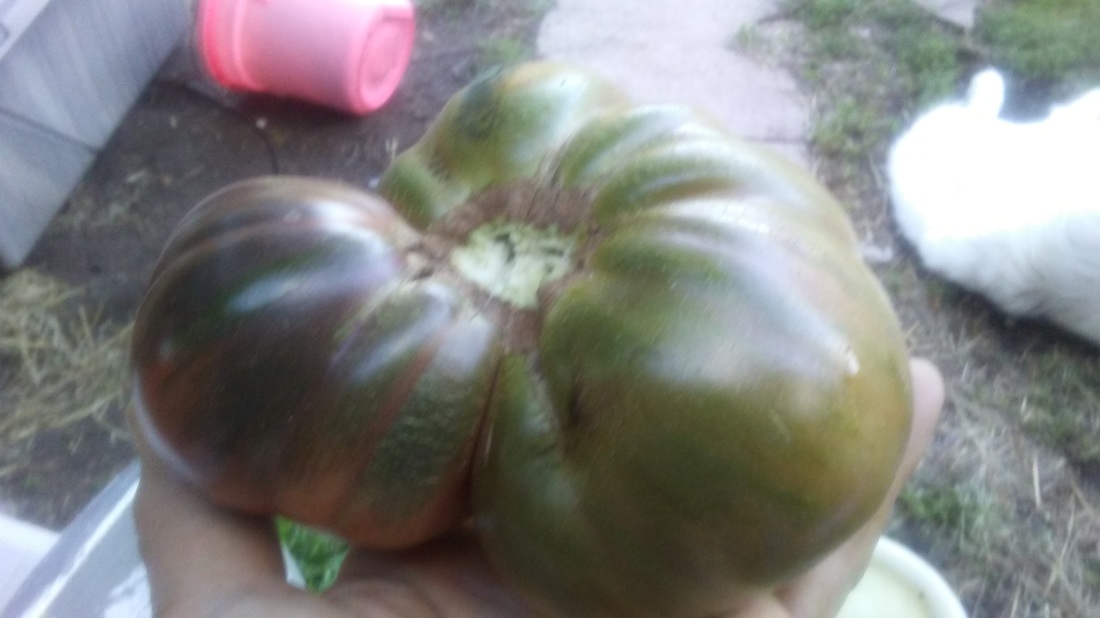


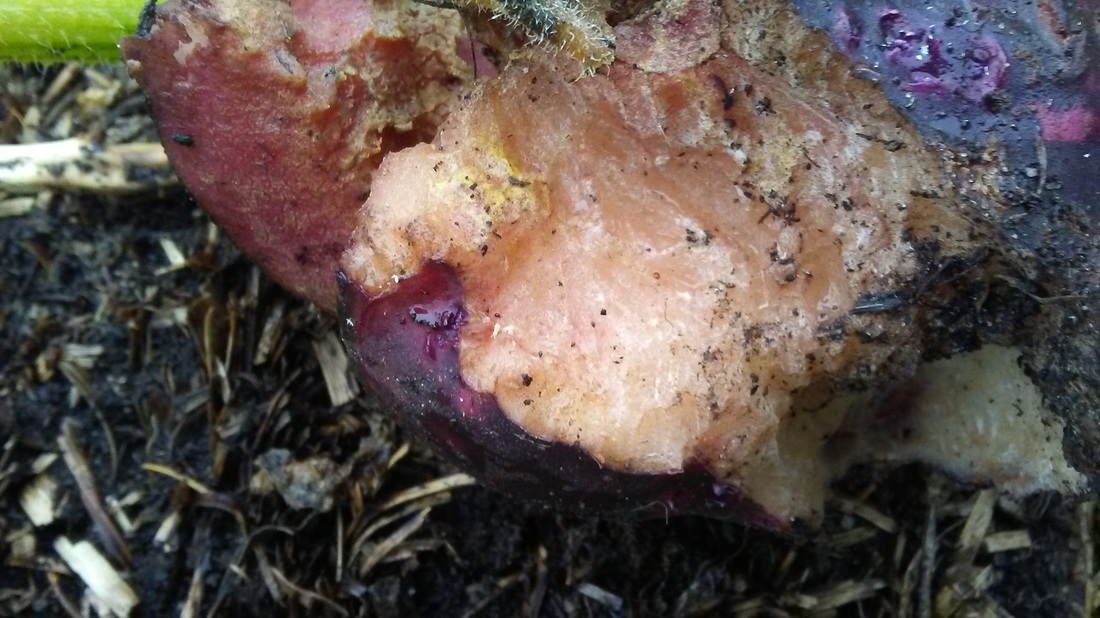
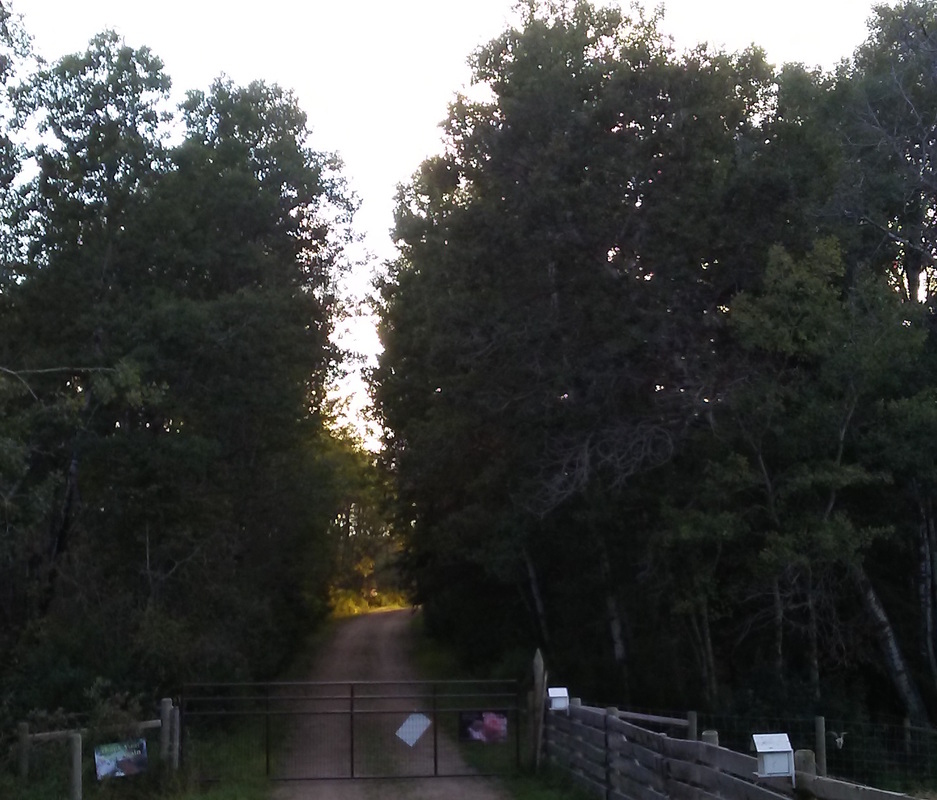
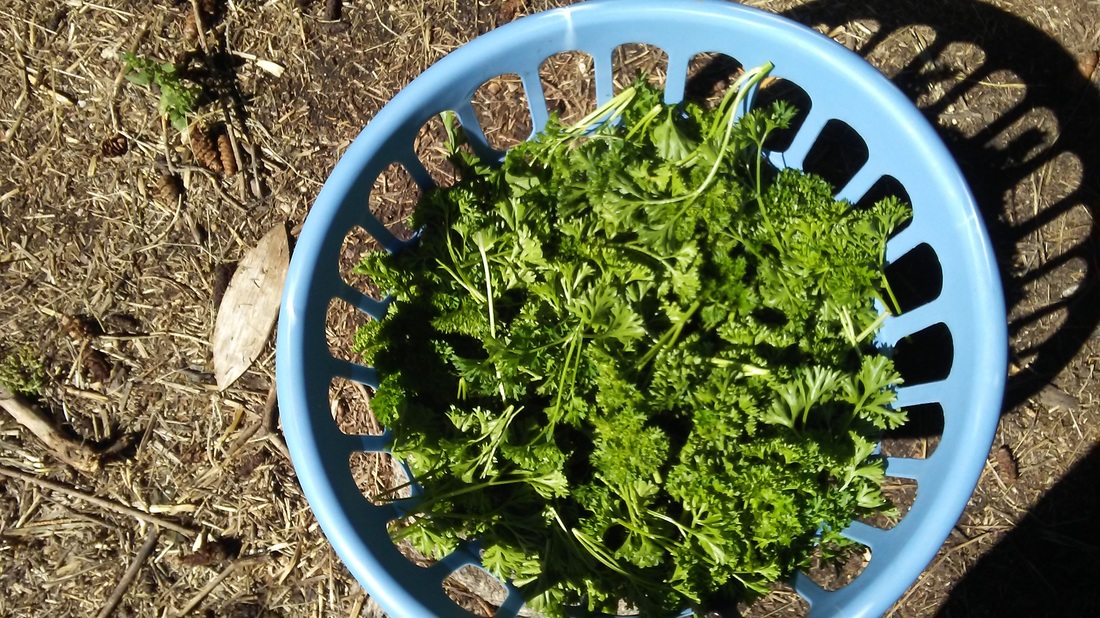
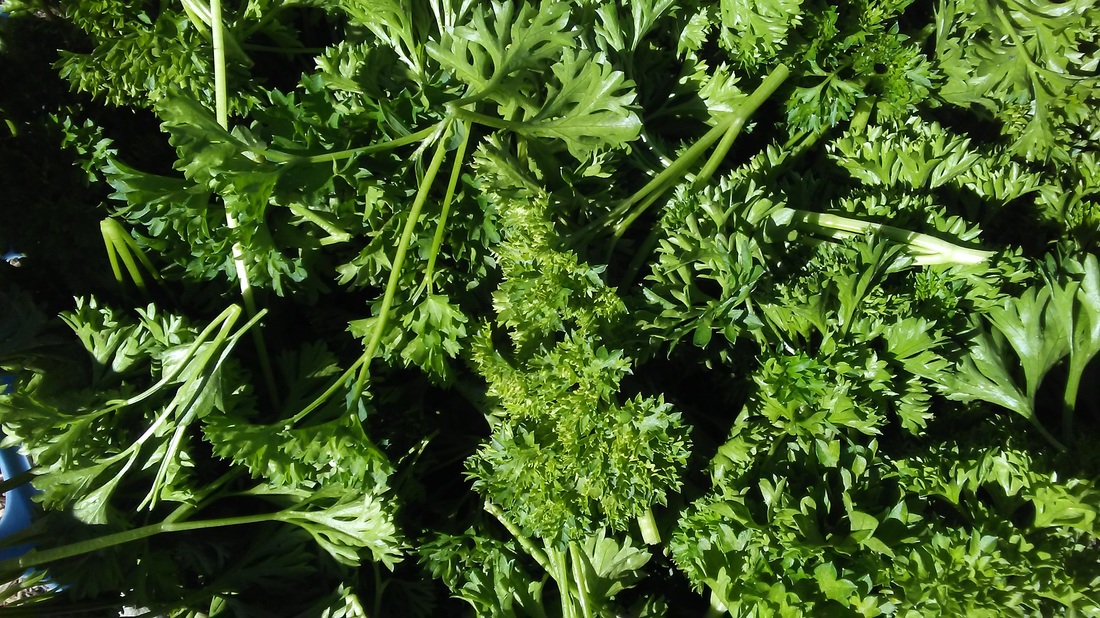
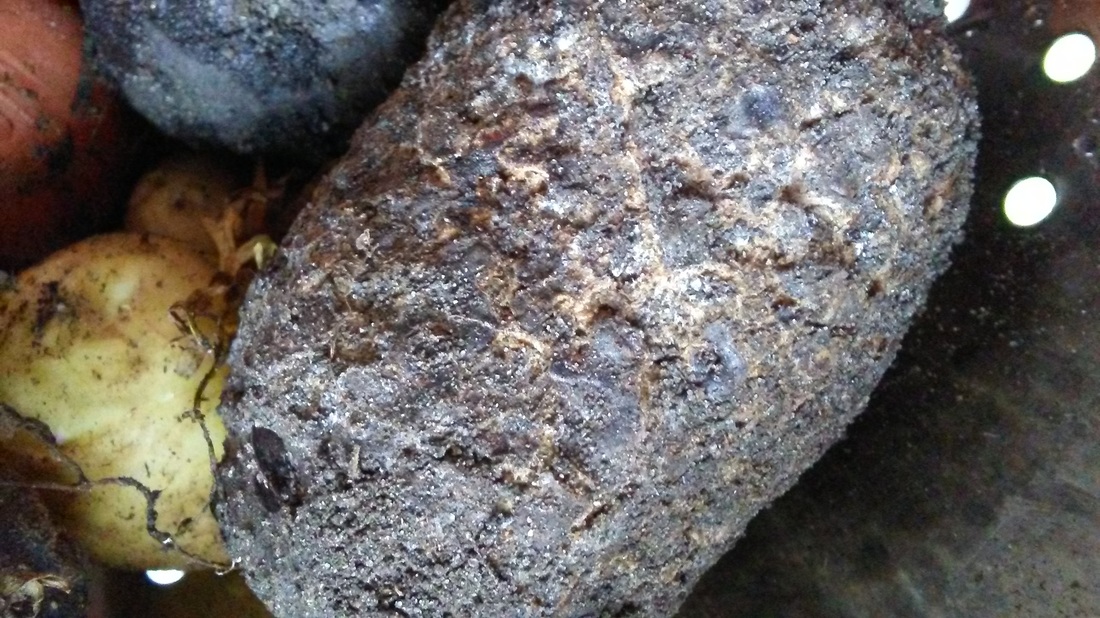
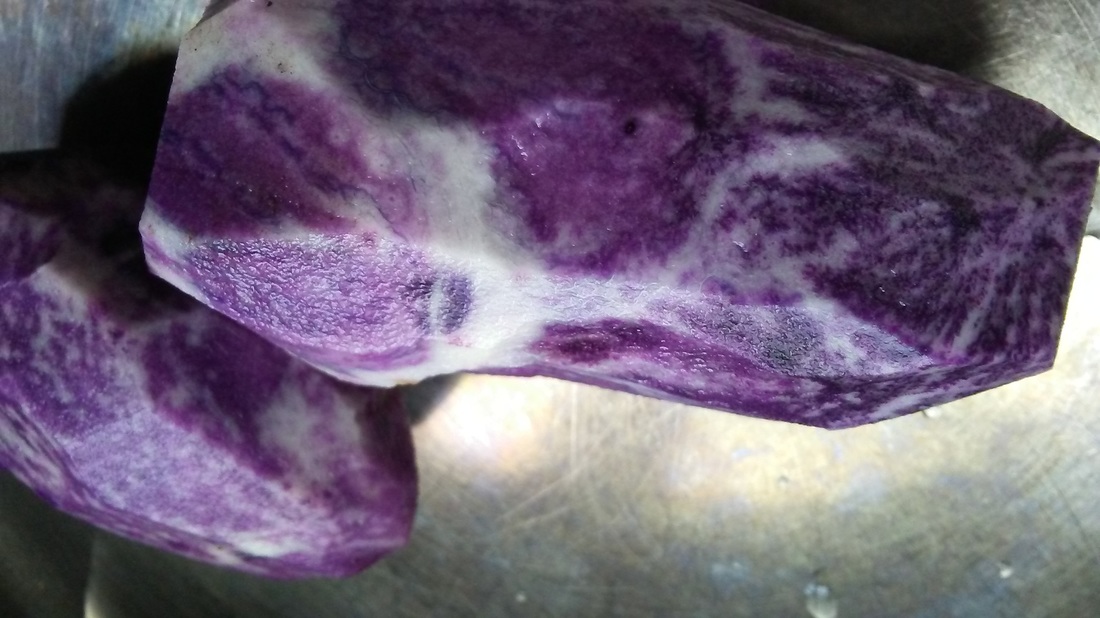
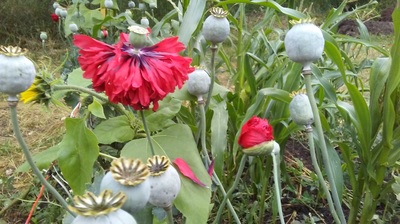
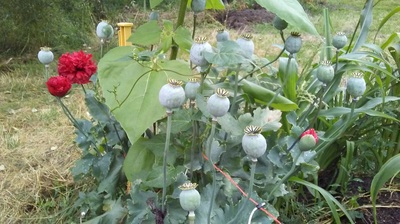


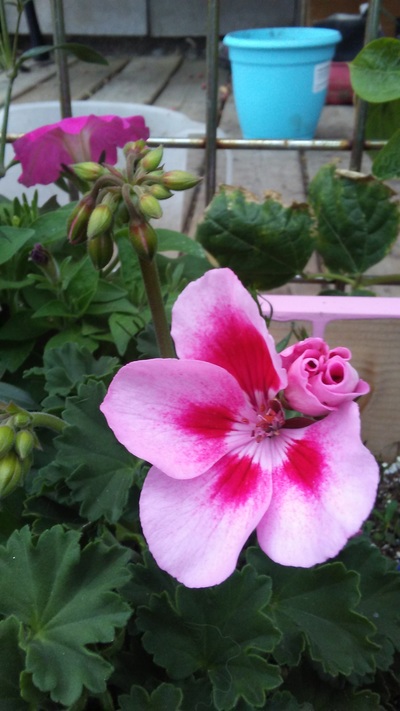

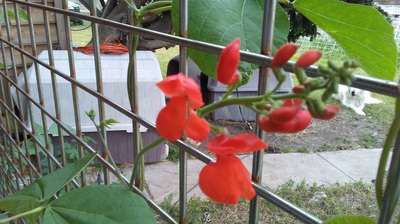

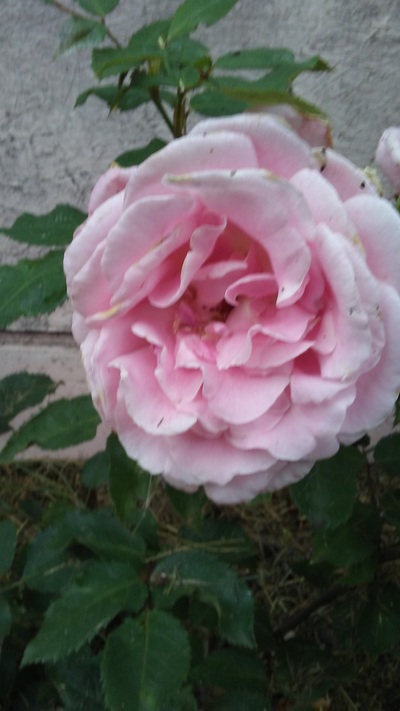
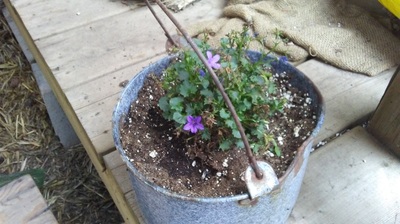
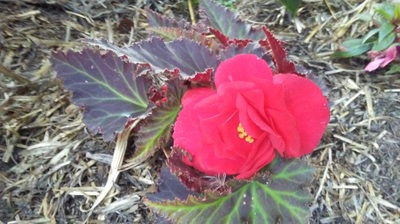
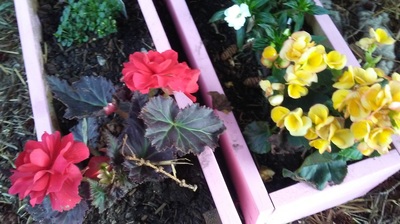
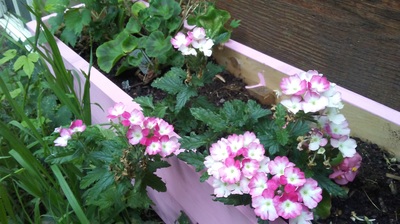
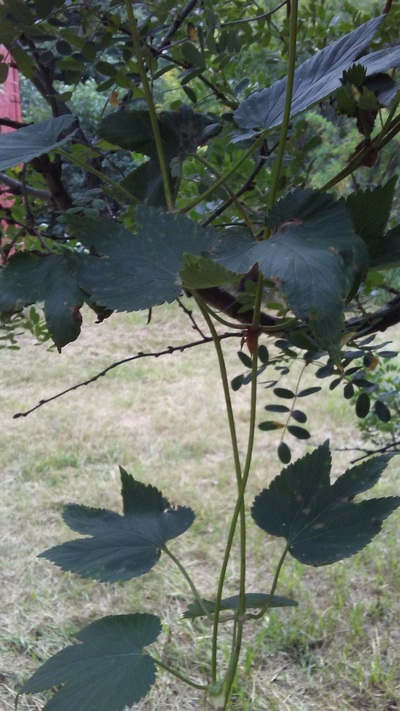

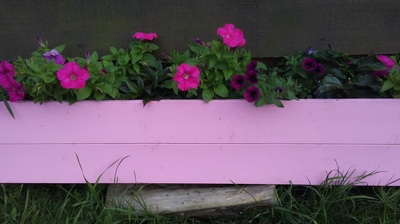
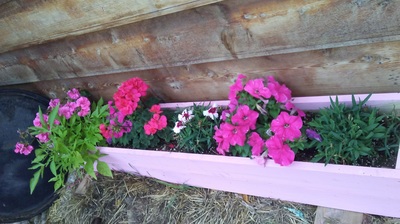
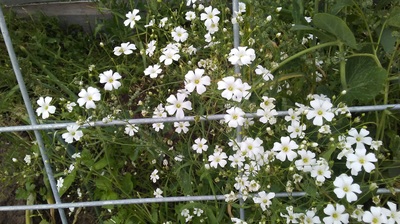
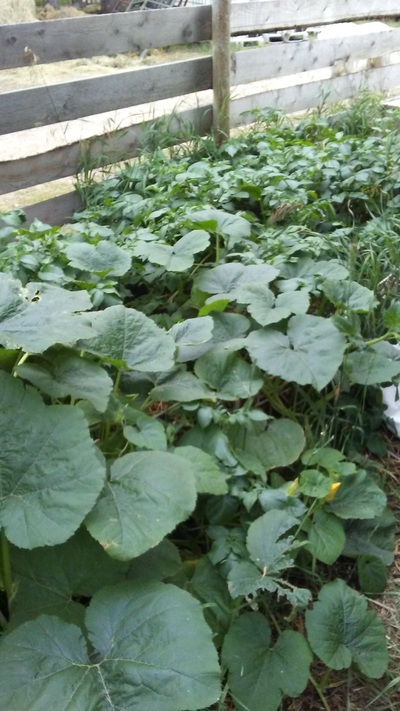

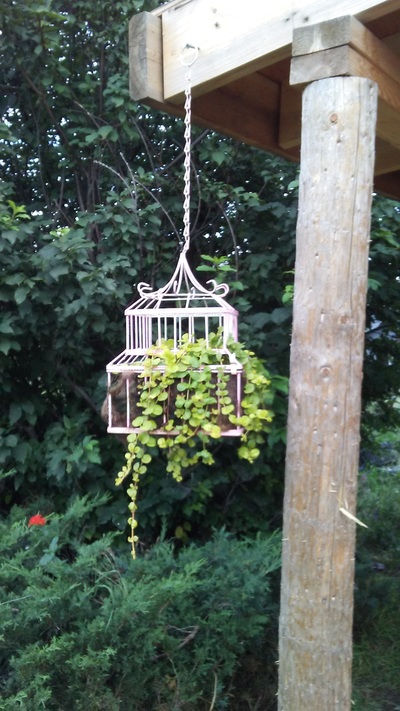
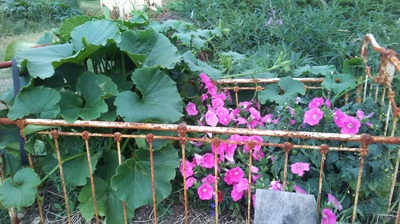
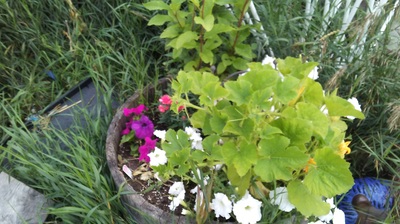
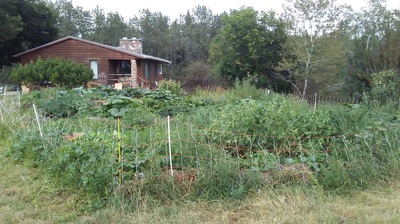
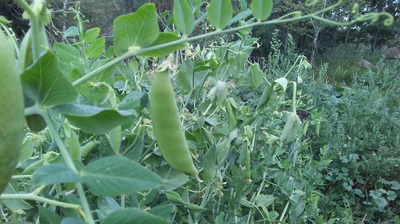
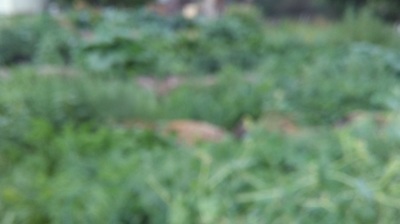
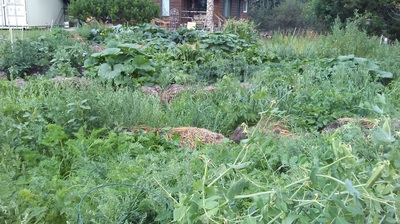
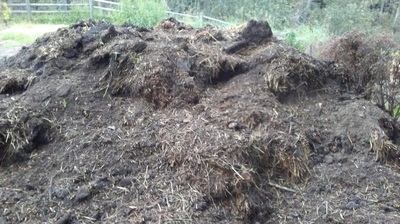
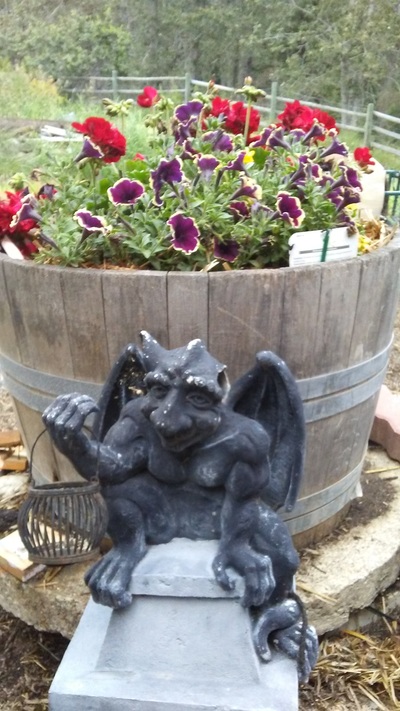
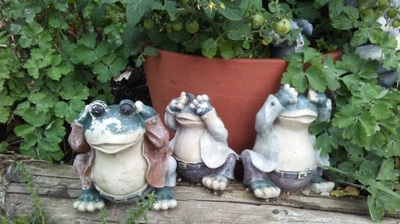
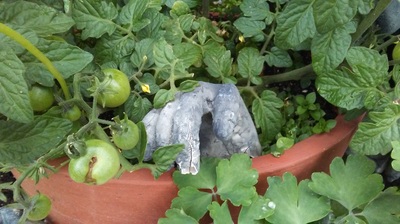
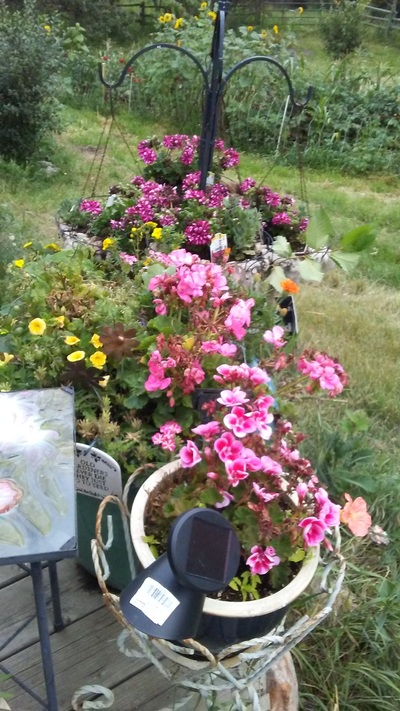
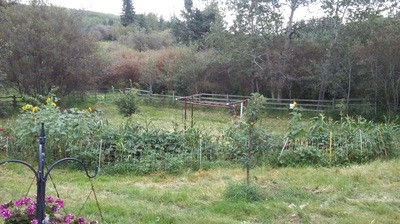
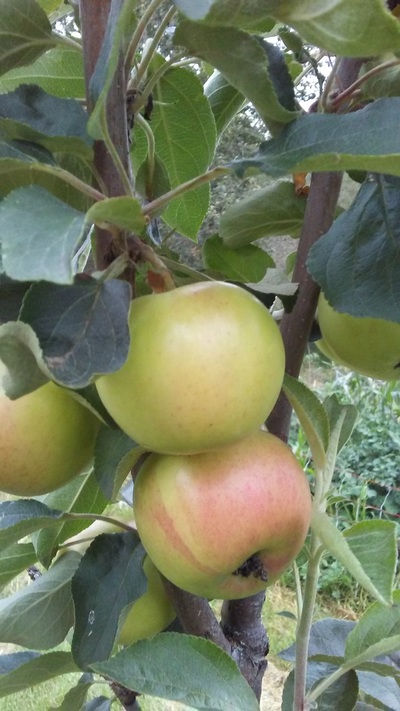
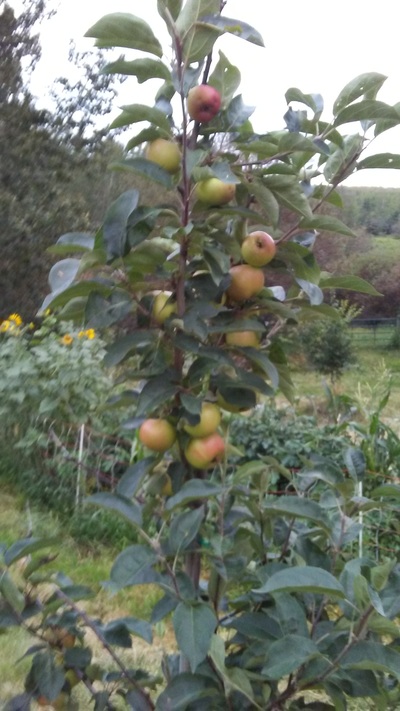
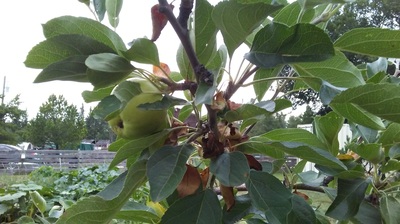
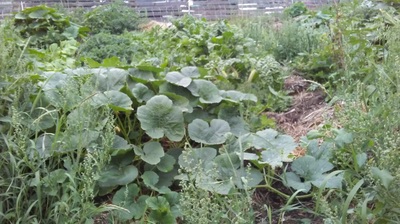
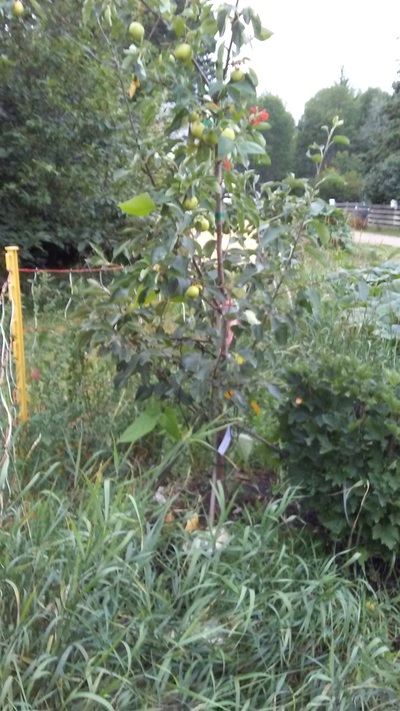
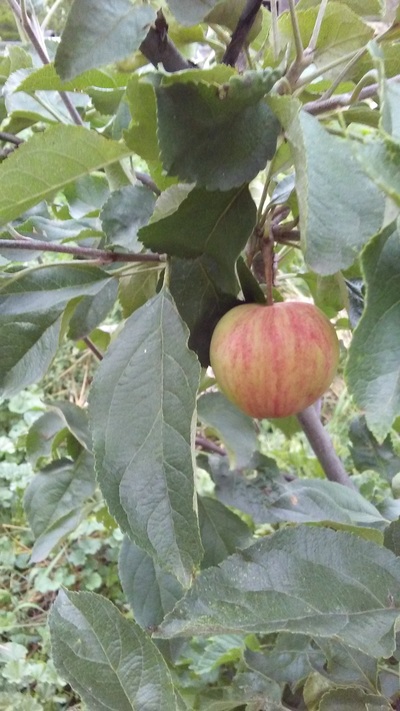
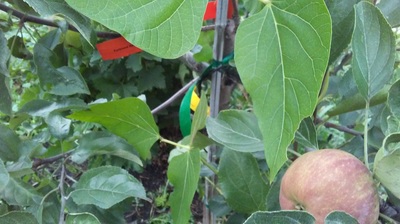
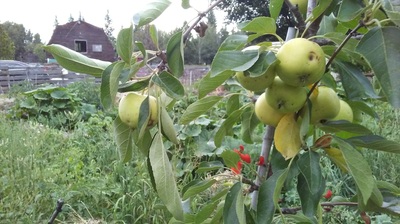
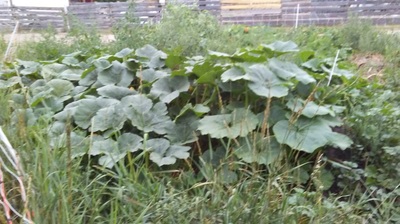
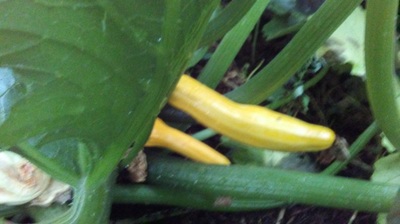
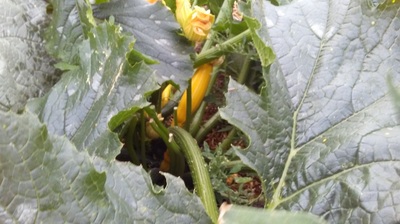
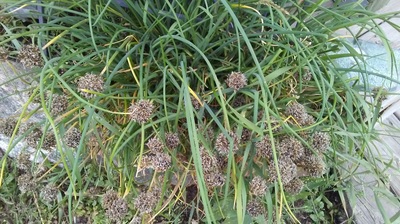
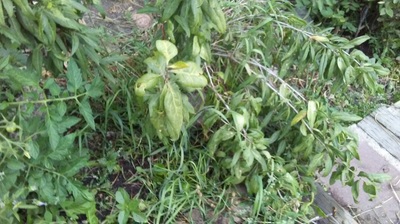
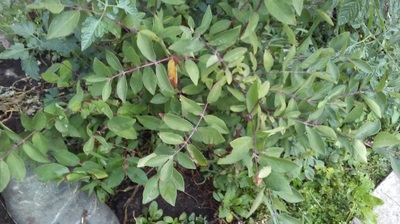
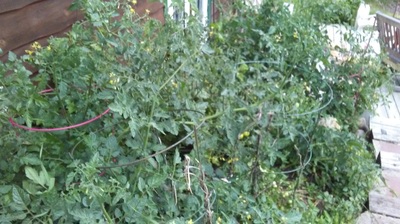
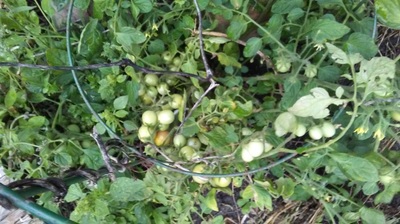
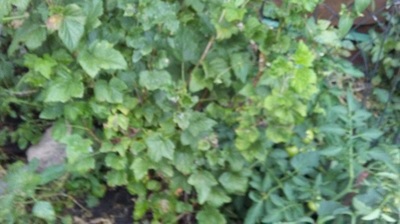
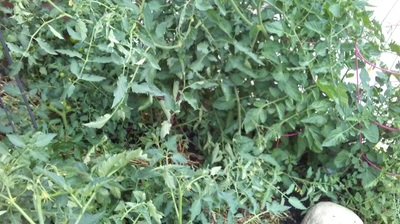
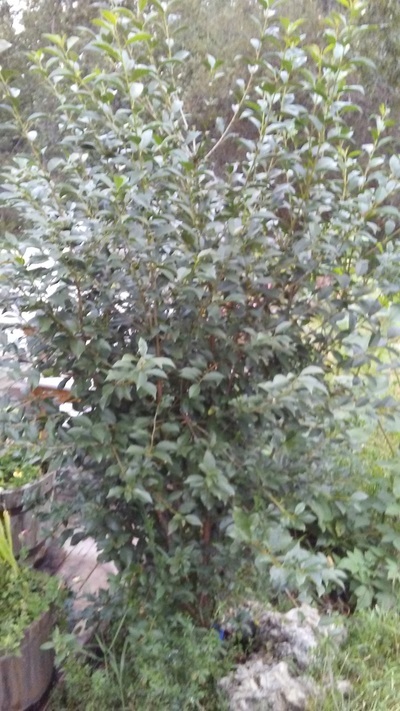
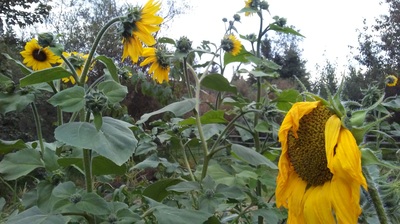

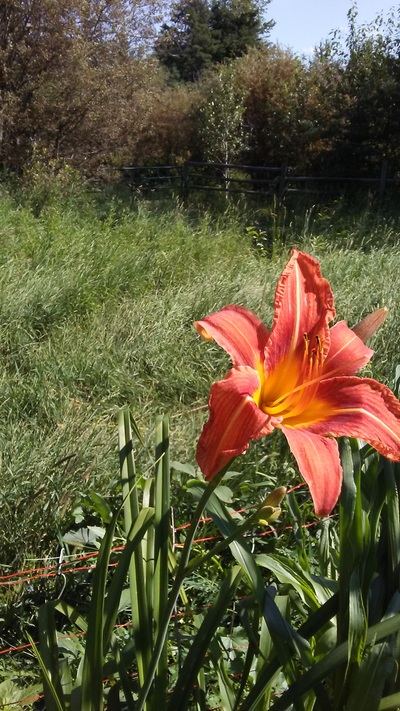
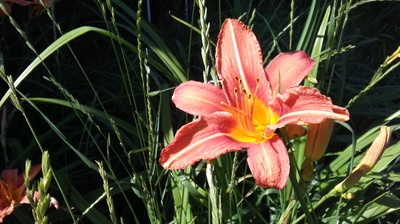
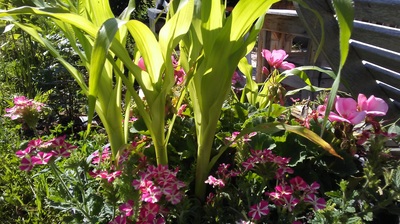
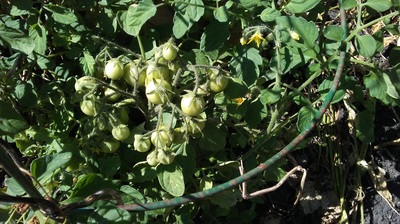
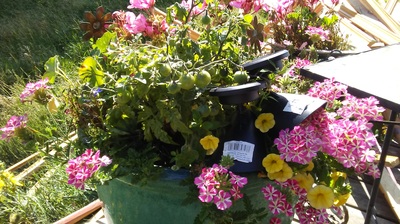
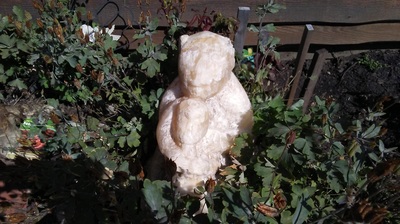
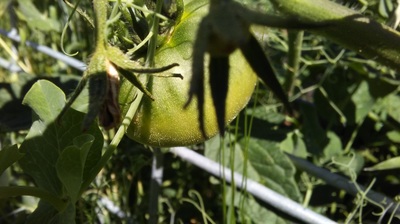
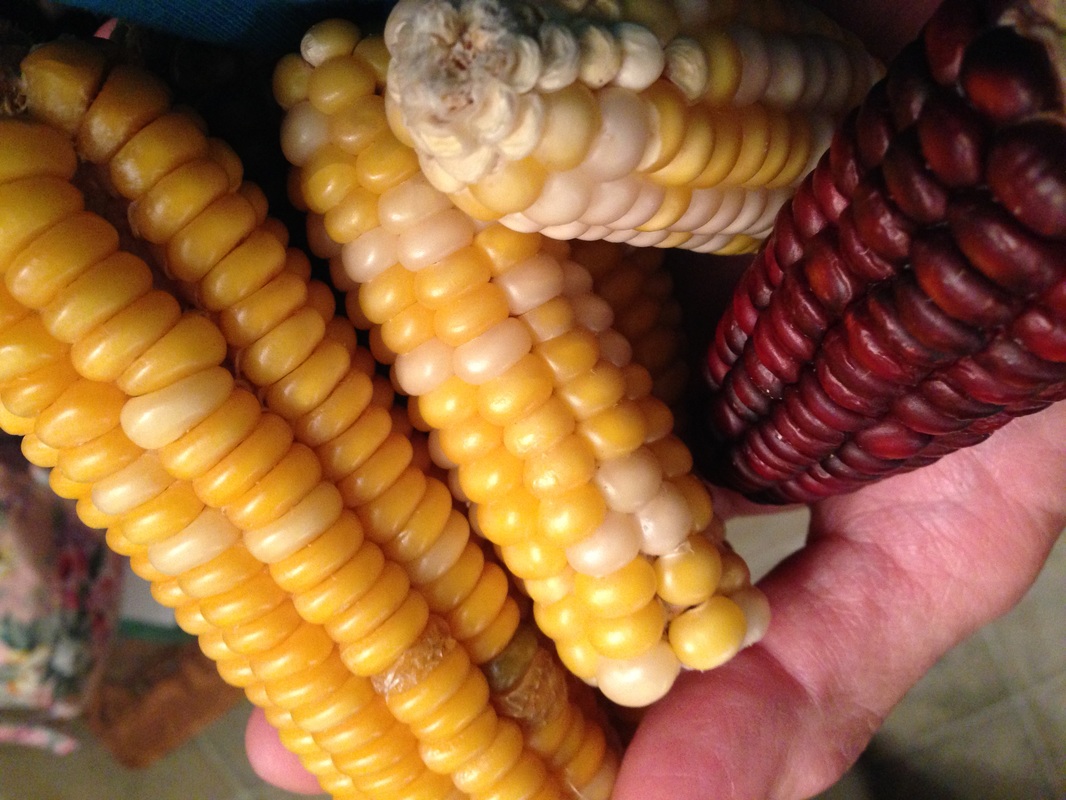
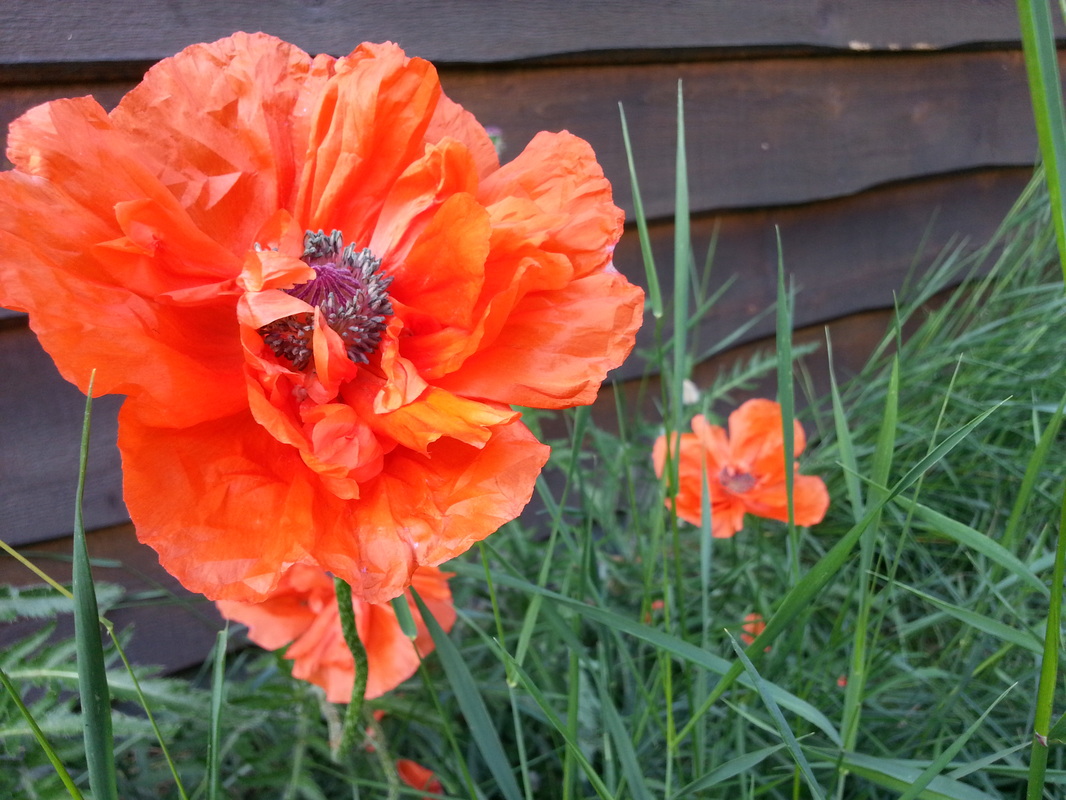
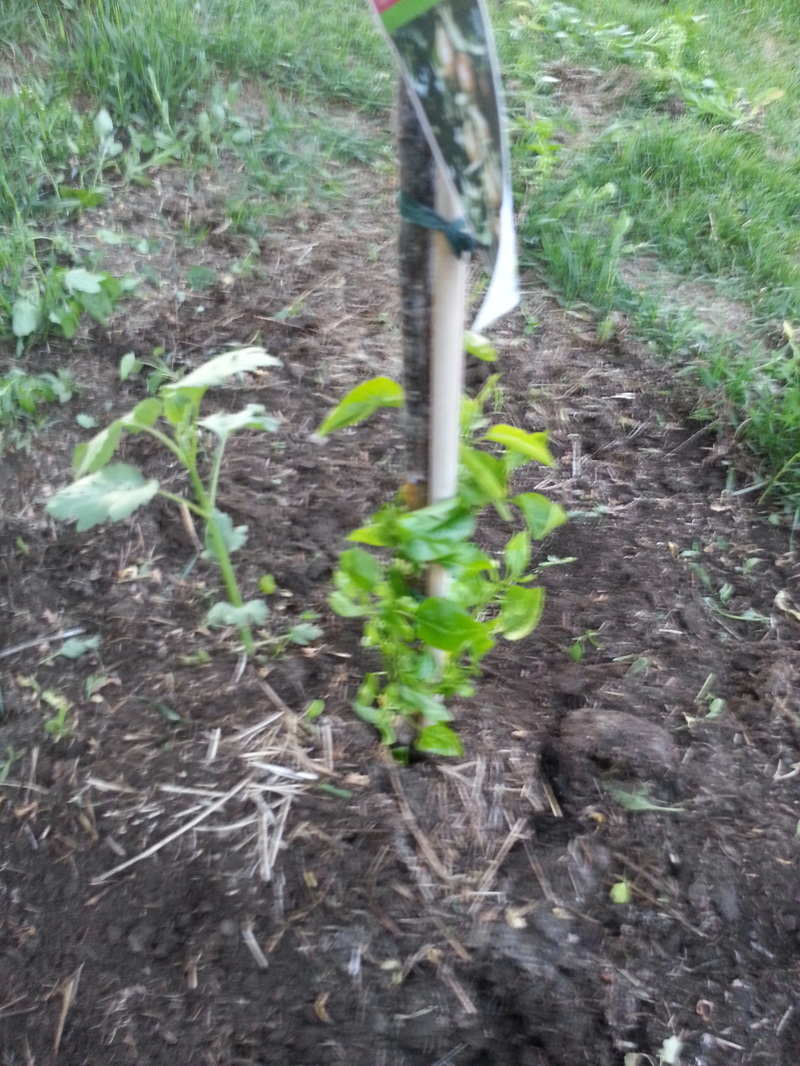
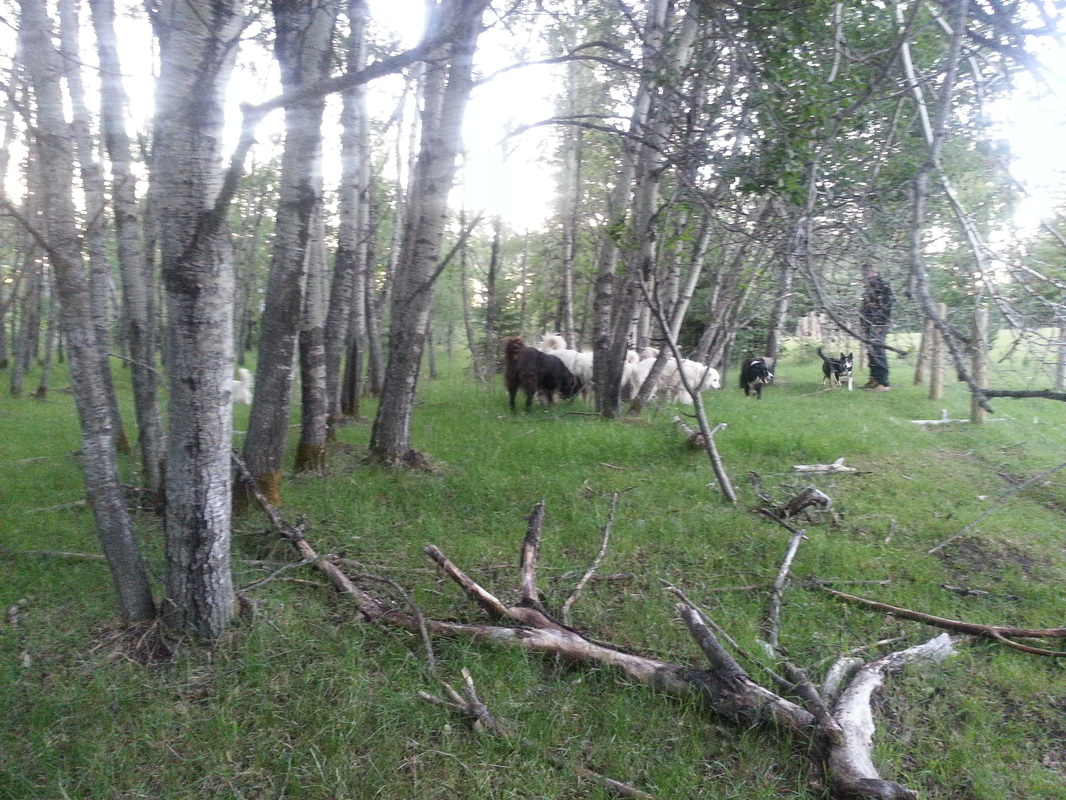
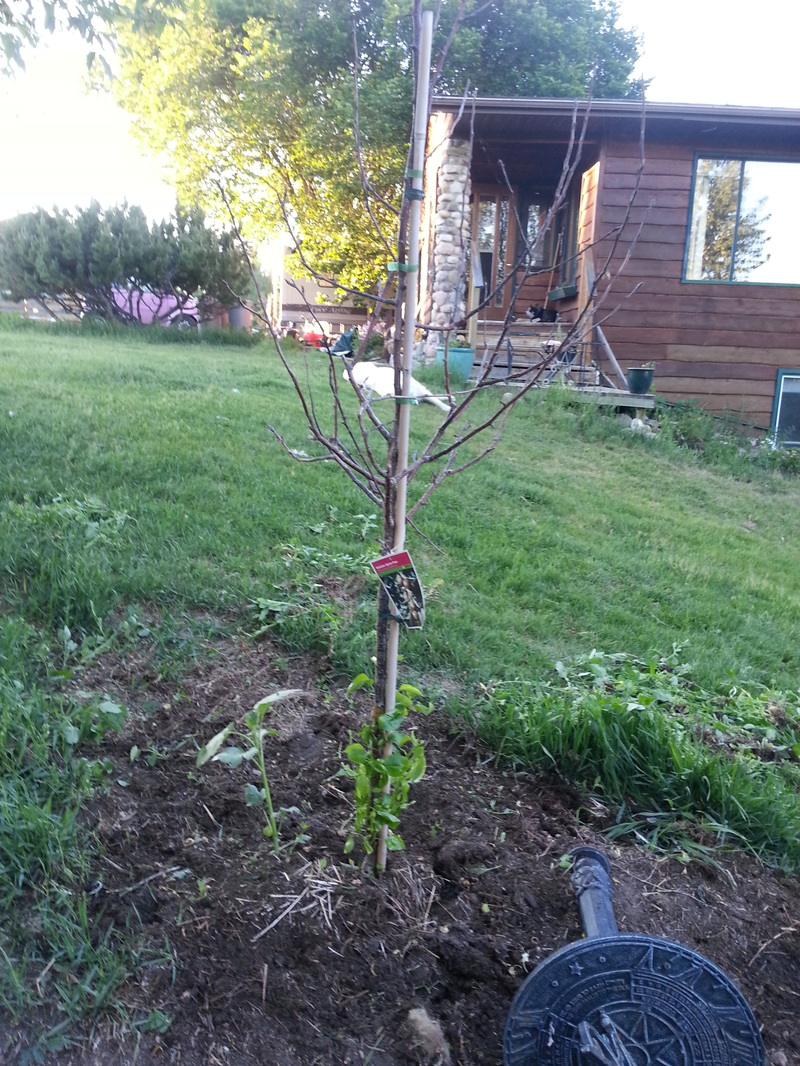
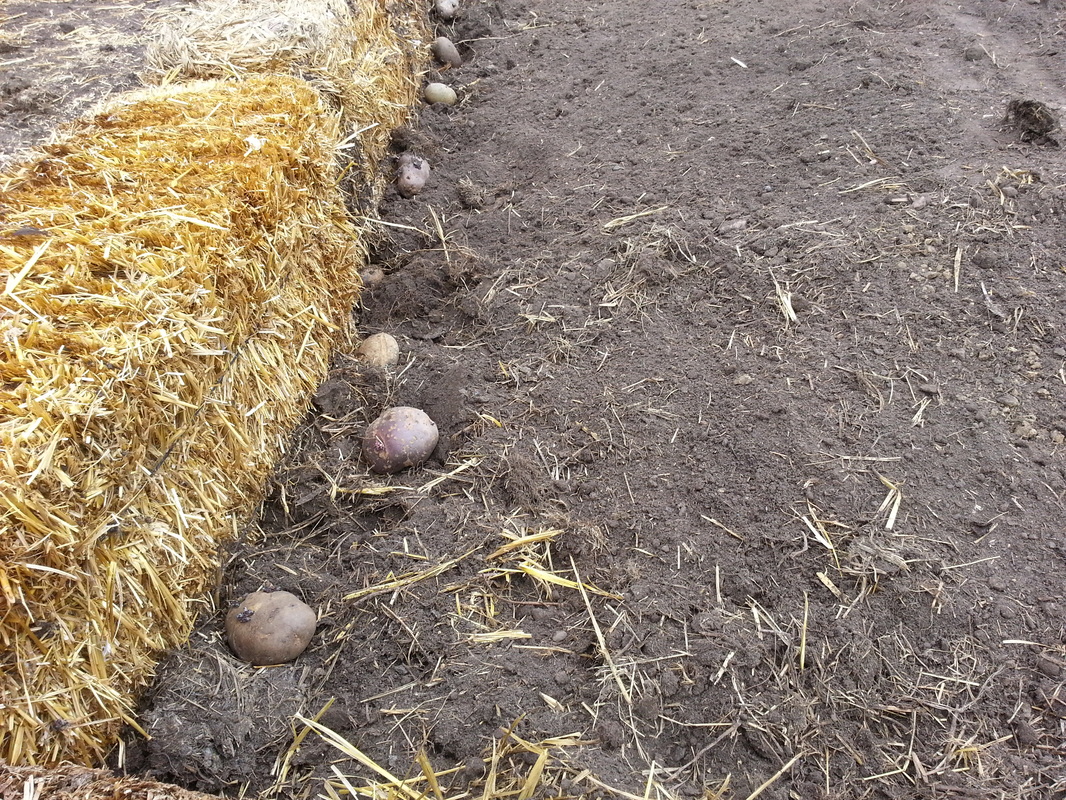
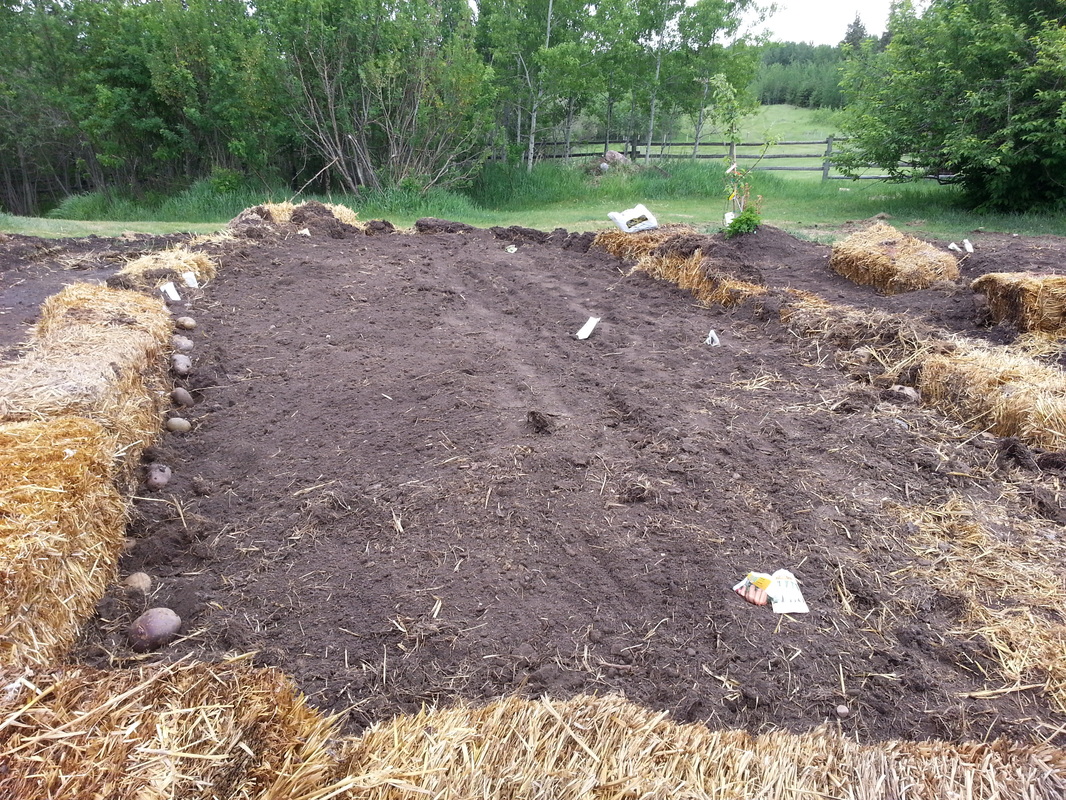
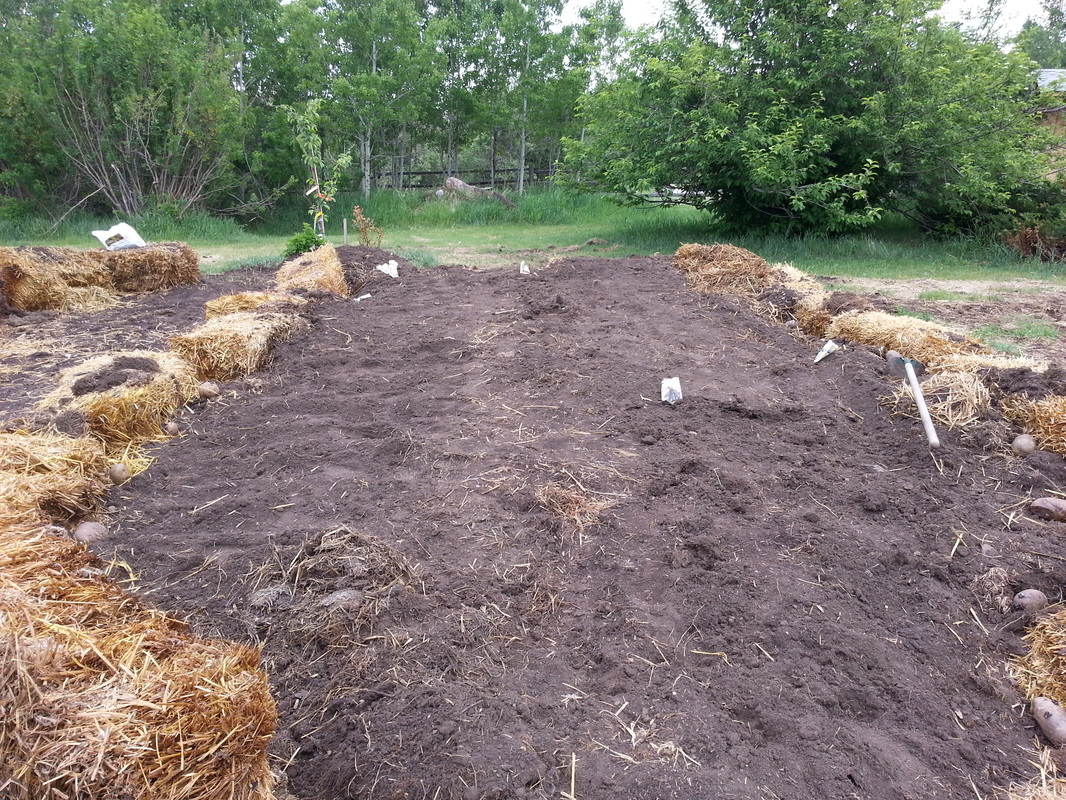
 RSS Feed
RSS Feed